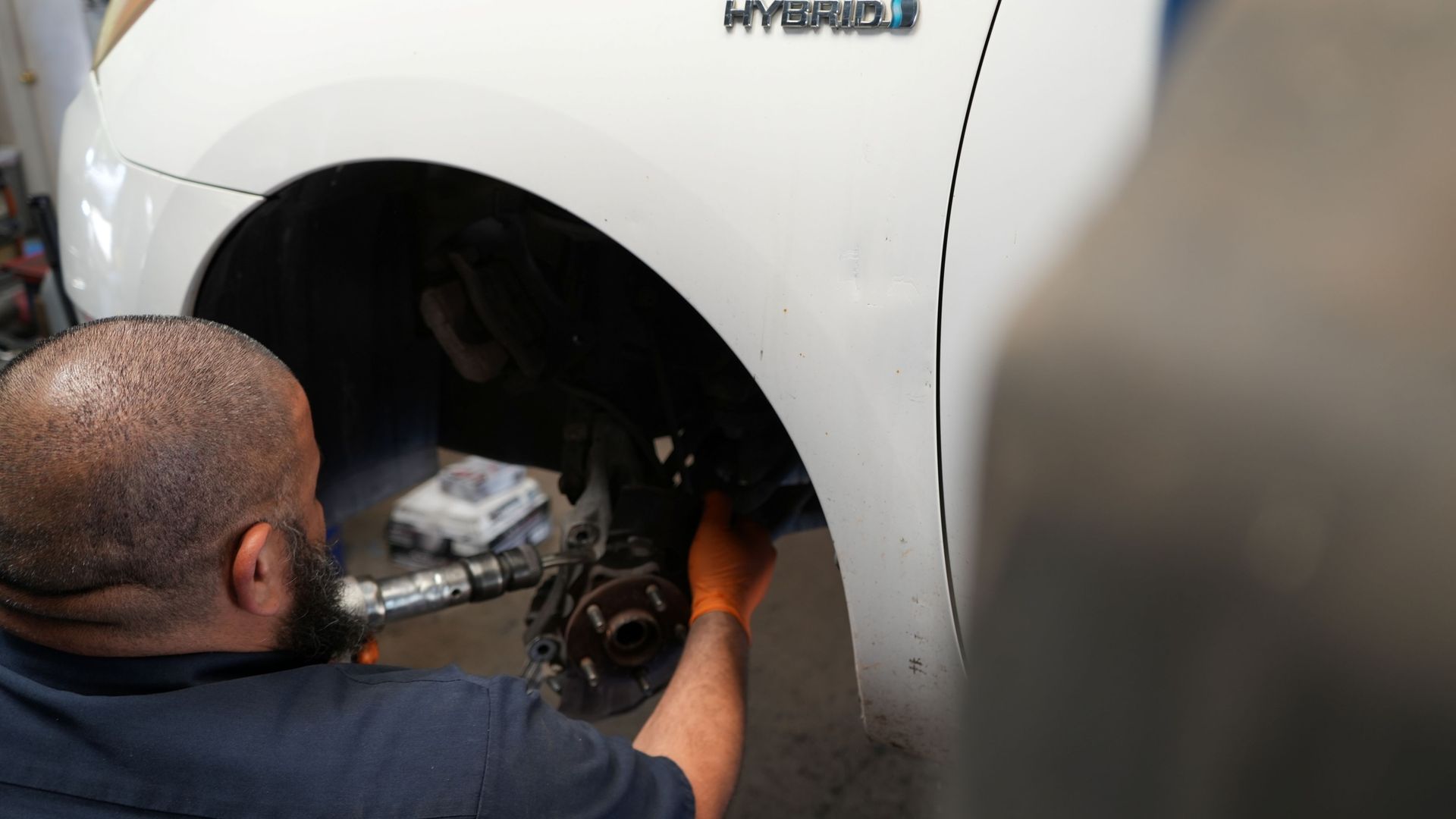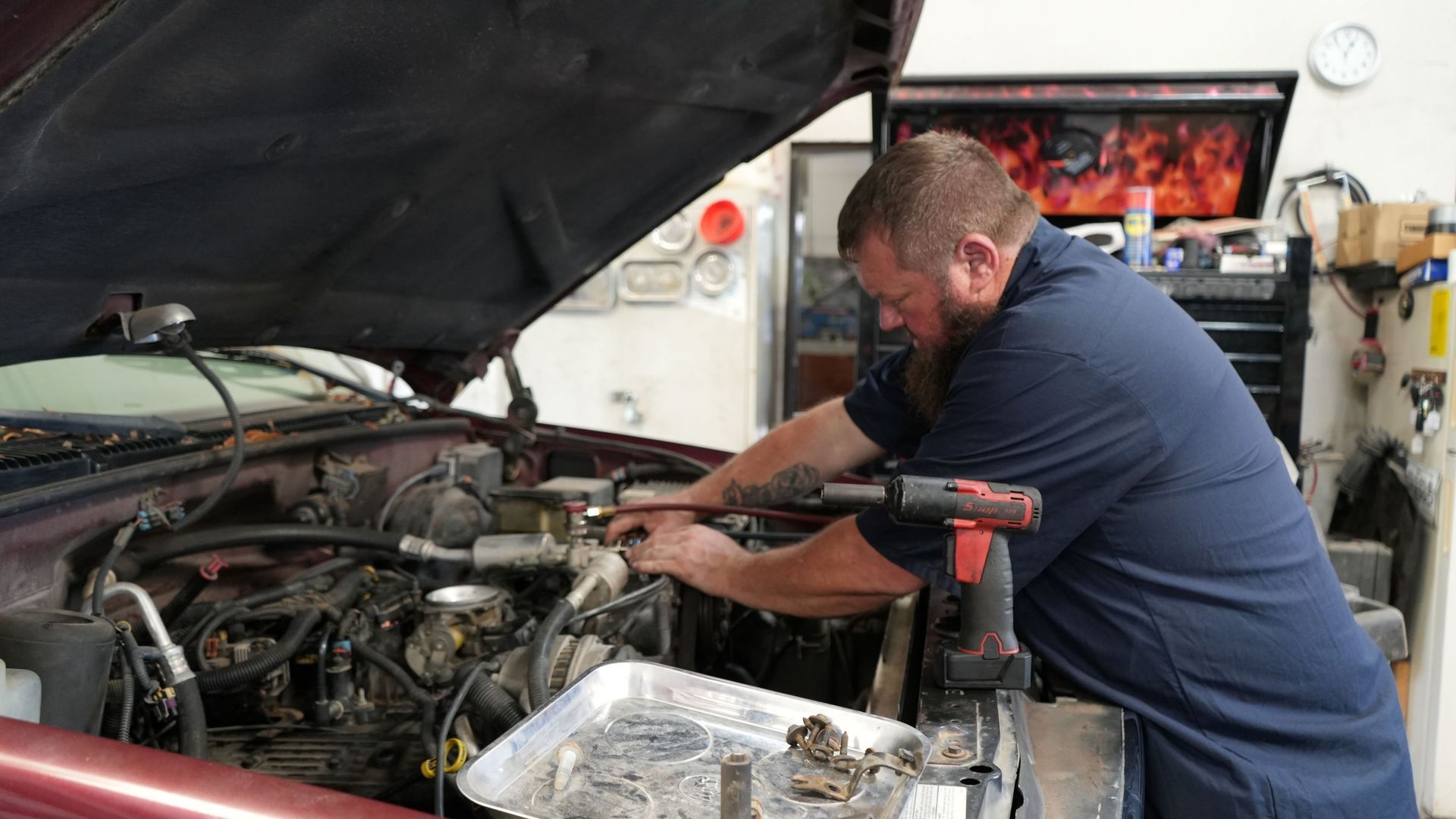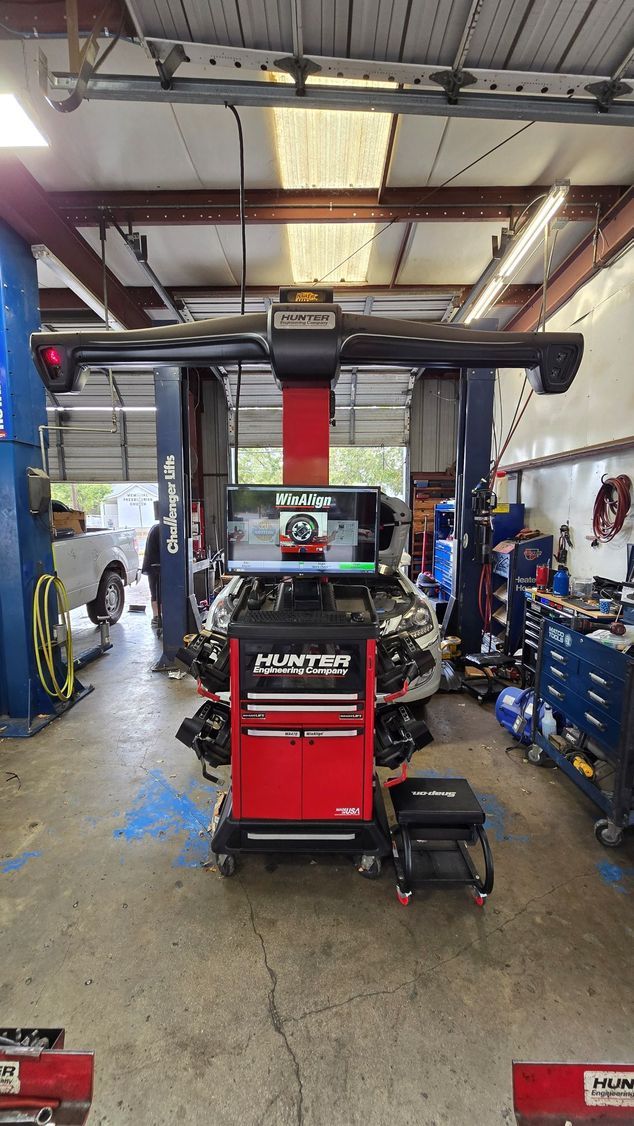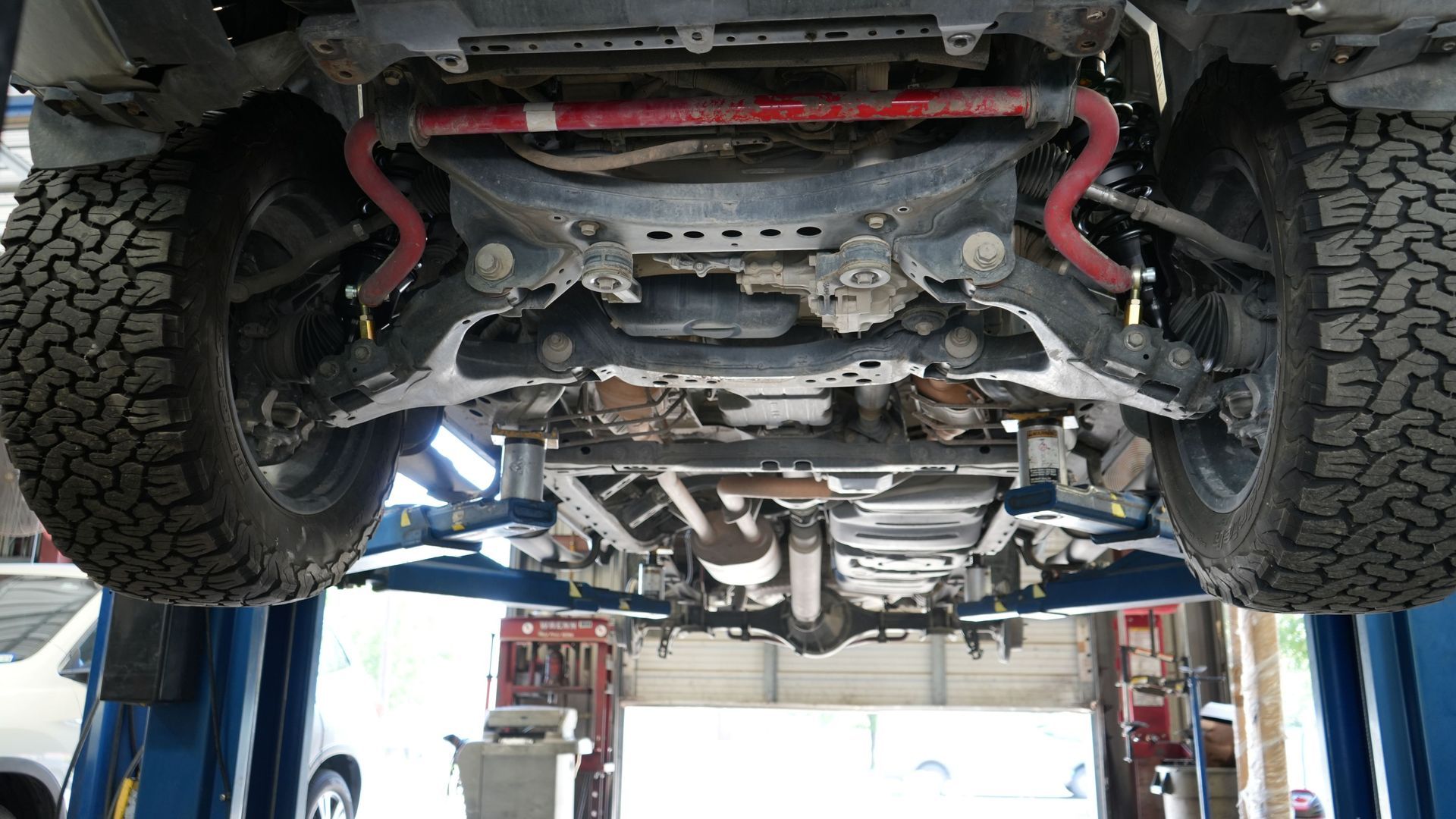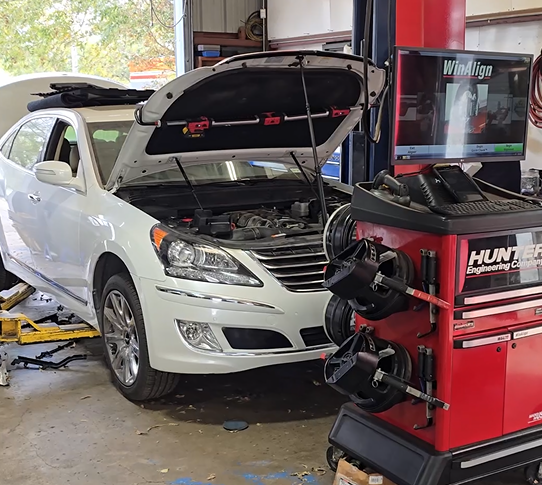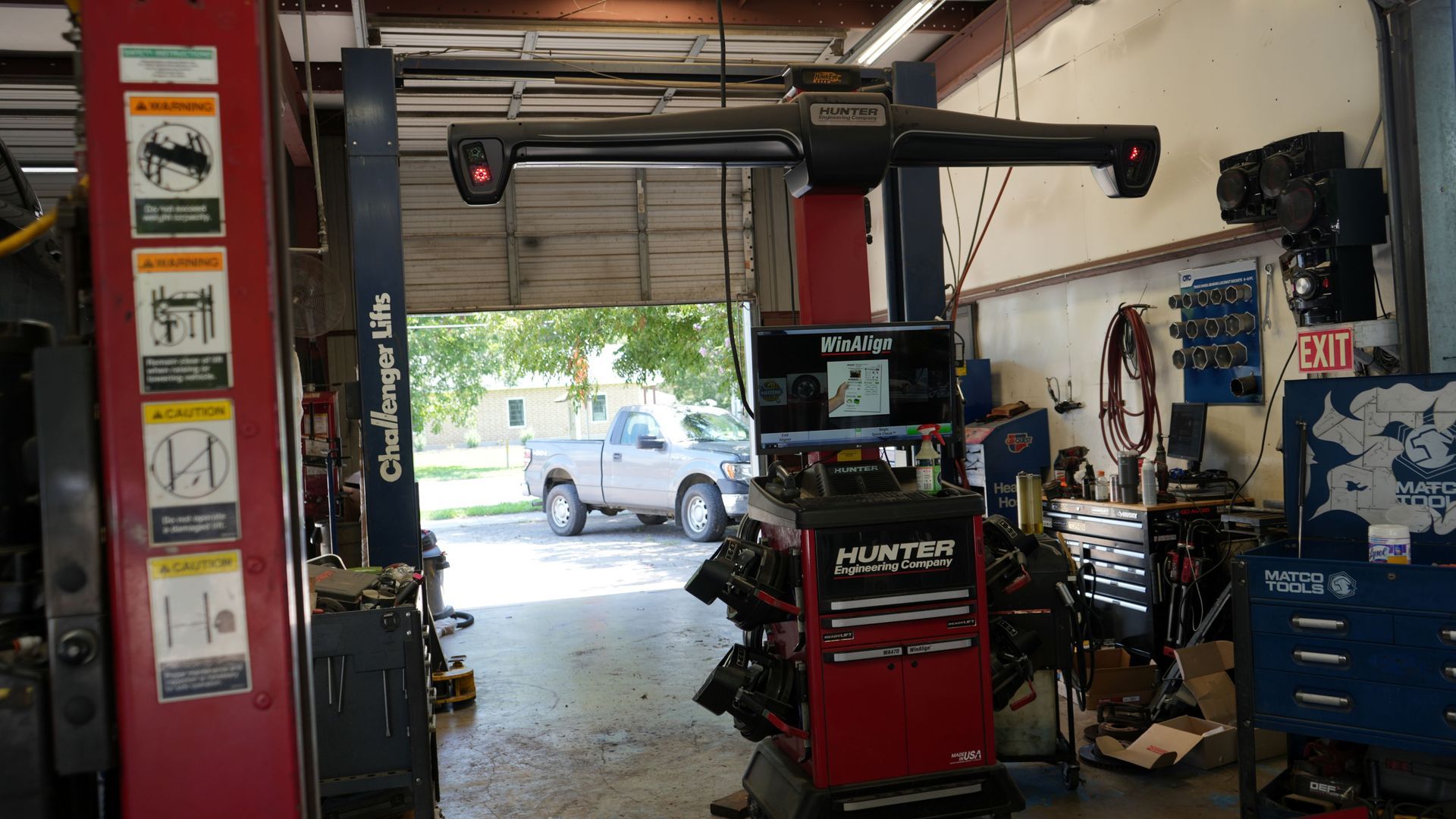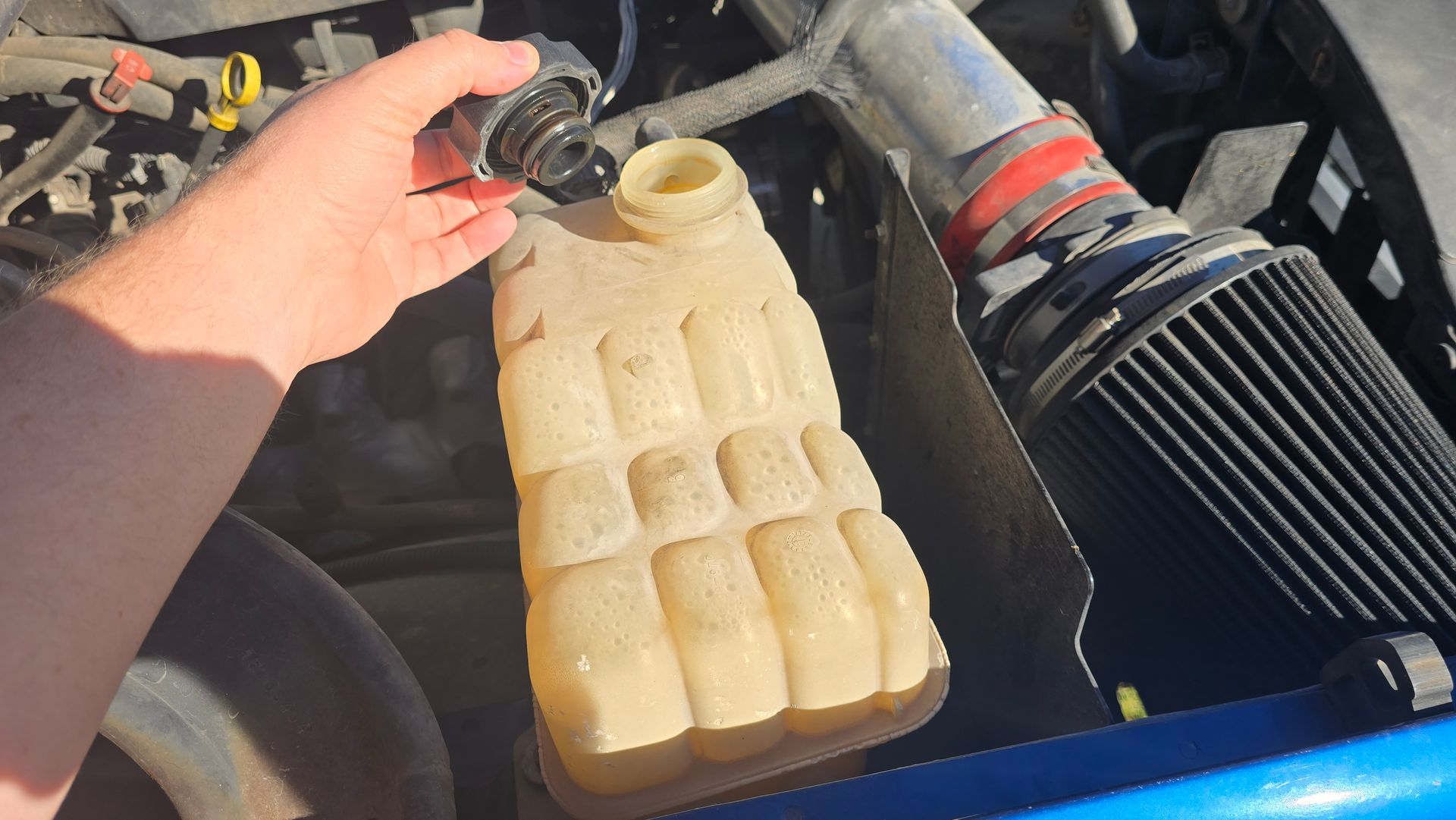The Real Cost of Ignoring Suspension Problems
Your car’s suspension system doesn’t always get the same attention as the engine or brakes, but it’s every bit as important. A healthy suspension is what keeps your tires in contact with the road, your steering responsive, and your ride safe and comfortable. Unfortunately, many drivers brush off clunks, squeaks, or a rougher ride as “just an old car thing.” The truth is, ignoring suspension problems can cost you much more than just comfort—it can hit your wallet hard and put your safety at risk.
Safety First: Why Suspension Matters
Your suspension is designed to do three jobs: keep your tires evenly on the road, give you control when steering or braking, and absorb the bumps and dips of everyday driving. When components like shocks, struts, or ball joints wear out, those three jobs suffer. That means:
- Longer stopping distances because your tires don’t grip as well.
- Poor steering response, especially in emergency situations.
- Increased risk of blowouts from uneven tire wear.
Those problems don’t just make driving unpleasant—they make it dangerous.
Hidden Costs of a Bad Suspension
It’s tempting to ignore a little bounce or a faint rattle, but here’s where that thinking backfires. Suspension issues have a way of creating a domino effect:
- Tire Damage
Worn-out shocks and struts allow your tires to bounce excessively, which causes uneven tread wear. That cuts tire life dramatically, meaning you’re buying a new set thousands of miles sooner than you should. - Brake Wear
If your suspension isn’t holding the car steady, your brakes have to work harder to stop. You’ll find yourself replacing pads and rotors more often, adding hundreds of dollars in costs. - Alignment Issues
Suspension problems often throw your alignment out of spec. That doesn’t just cause your steering wheel to sit crooked—it accelerates tire wear and makes your car drift, which means constant corrections while driving. - Collateral Damage
Ignored long enough, worn suspension parts can damage ball joints, wheel bearings, and even the frame of the car. A repair that could have been a few hundred dollars can easily balloon into the thousands.
What It Does to Your Driving Experience
Even if money wasn’t a factor, who wants to drive a car that feels like a roller coaster gone wrong? A rough suspension means:
- Every bump feels like a pothole.
- The car leans too much when cornering.
- The steering feels loose or “floaty.”
- You’re constantly fatigued from keeping the car in its lane.
That daily frustration is avoidable—and fixing the root cause often restores your vehicle’s comfort and confidence overnight.
Spotting the Warning Signs Early
So, what should you watch for? Here are a few red flags your suspension may be crying out for help:
- The car dips forward when braking.
- One corner of the car sits lower than the others.
- You hear clunks, squeaks, or rattles over bumps.
- Your steering feels loose or wanders.
- Your tires are wearing unevenly or faster than expected.
If you notice any of these, don’t wait. A quick inspection can confirm whether it’s a minor fix now or a major repair later.
The Bottom Line
Here’s the reality: suspension repairs aren’t something to put off. While replacing shocks, struts, or ball joints costs money upfront, ignoring the issue usually leads to:
- Shortened tire life (hundreds of dollars gone).
- Frequent brake repairs (hundreds more).
- Possible catastrophic damage (thousands).
When you add those up, ignoring suspension problems can easily cost double or triple what a timely repair would. Not to mention the priceless cost of your safety and peace of mind.
Suspension problems don’t get better with time. They get worse, and they get expensive. If you’re noticing changes in how your car handles, rides, or brakes, schedule a professional inspection sooner rather than later. Your car, and your wallet, will thank you.



